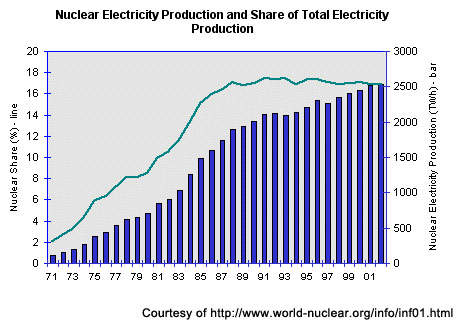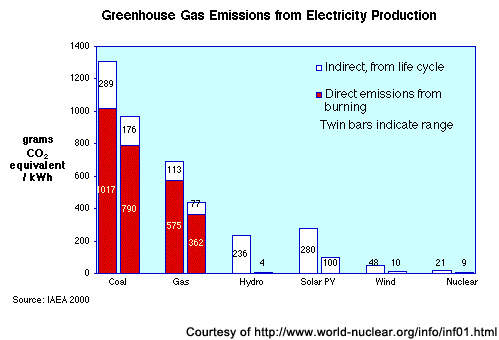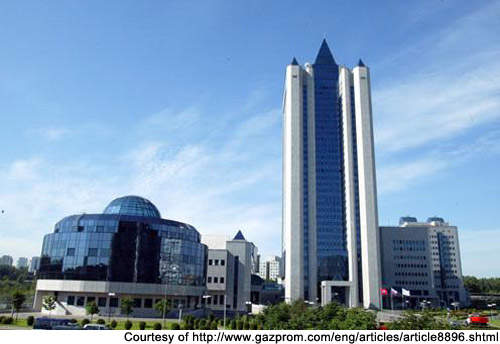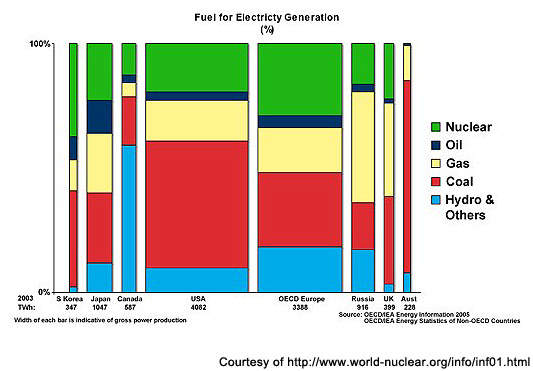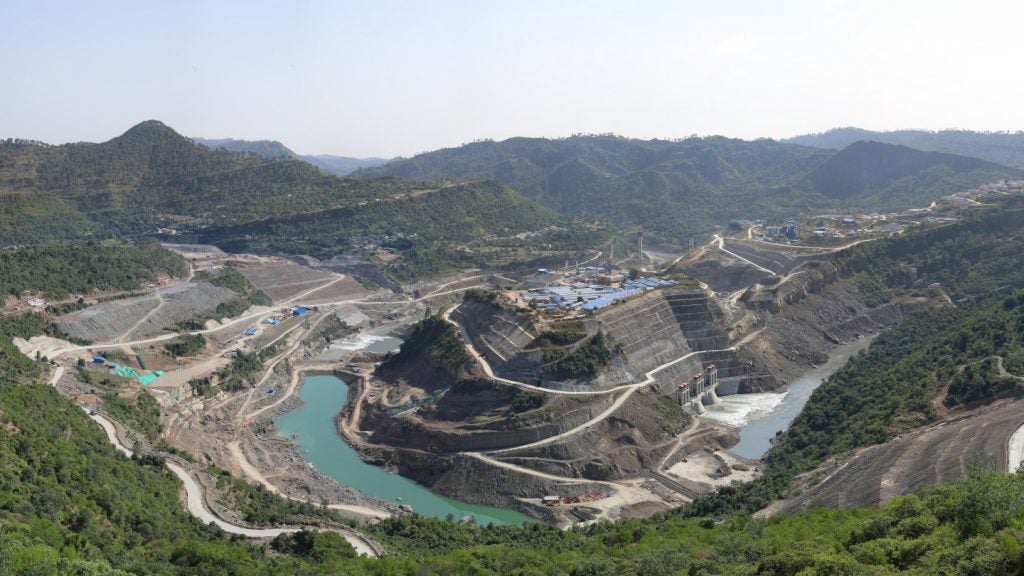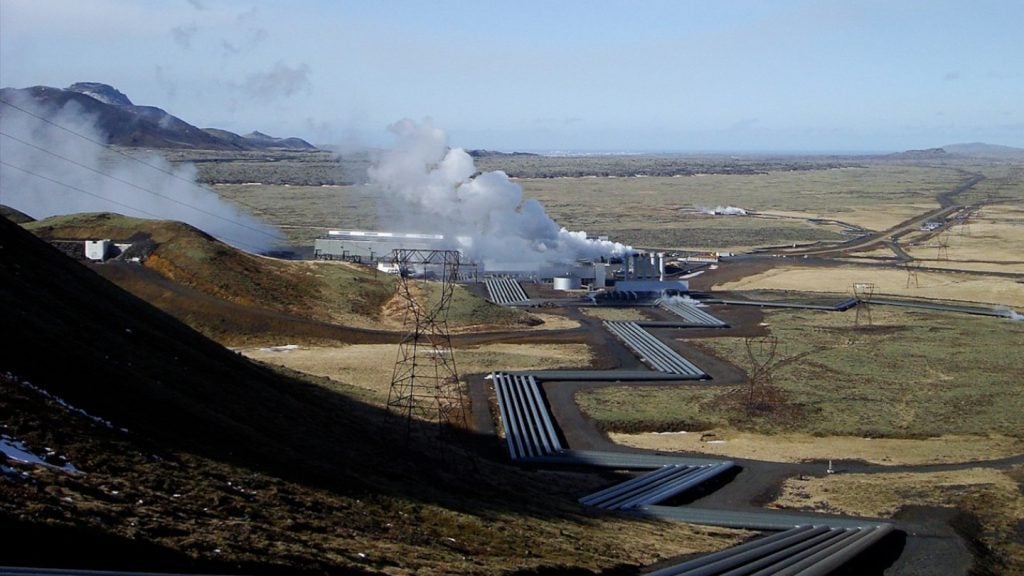Russia’s Rosatom Atomic Power Agency is building eight 70MW FNPS (Floating Nuclear Powered Stations) to be stationed around the country. The mass-produced ships will be towed to the coast near a town, city or industrial site. There, they will produce either 70MW of electrical power or 300MW heat power, enough for a city of 200,000 people. They could also be modified as desalination plants producing 240,000m³ of fresh water a day.
The first prototype / demonstration ship is the Academician Lomonosov. Estimated at $336m, the ship’s construction began in the Sevmash Arctic military shipyard in April 2007. The vessel was launched in July 2010 with St.Petersburg-based nuclear corporation Baltiisky Zavod. It is 140m long, 30m wide and has 21,000t displacement and 5.6m draught.
Another seven ships are planned by 2015, for the country’s own use and for export. The World Nuclear Association reports that five ships will be used by Gazprom for offshore oil and gas field development and for operations on the Kola and Yamal peninsulas. One is planned for 2012 commissioning at Pevek on the Chukotka peninsula, another for Kamchatka region, both in the far east of the country. Further far eastern sites being considered are Yakutia and Taimyr.
Development
The size of individual nuclear power plants, after over fifty years of steady increases, seems to be dropping. High capital costs of large power reactors (and public fears of nuclear incidents) have led to the development of smaller units, below 300MWe.
On land, these are being deployed singly or as modules in a larger complex, so adding capacity incrementally. Producing larger numbers of the units is bringing economies of scale, which is also allowing the small units to be deployed in remote sites.
Russia wants to bring power to the Russian regions around the Arctic Ocean (the US also produced a FNPS that in late 1960s / early 1970s supplied 10MW and desalinated water to the Panama Canal Zone).
The ship will produce less than a hundredth of the power of most Russian nuclear plants. A coastal site will be selected and the ship towed there by a tug, where the ship connects to transformers, pumps and other onshore infrastructure.
Modified KLT-40S nuclear reactors
The ship uses two modified OKBM KLT-40S nuclear reactors, derived from naval propulsion reactors used on the country’s existing fleet of icebreakers, in service for the last 50 years. The reactors have a rated capacity of 35MW each and use low-enriched fuel. The reactor core is cooled by forced circulation, but the OKBM design relies on convection for emergency cooling. Fuel is uranium aluminium silicide with enrichment levels of up to 20%.
Russia plans to export the combined power and desalination units, with China, Indonesia, Malaysia, Algeria, Cape Verde and Argentina mentioned as potential buyers. The World Nuclear Association remarks that Russia will probably retain ownership of the plants with operational responsibility, simply selling the output.
The plant will actually be refuelled every three years (the maximum possible is four years), given a two-year overhaul every 12 years, and has a planned reactor lifetime of 40 years. The disposal of the nuclear waste will be organised by the manufacturer, aided by the Russian nuclear industry infrastructure.
Russia has also built a larger barge-mounted reactor, the VBER-150 with 350MW thermal and 110MWe electrical power. As a cogeneration plant, it is rated at 200MWe and 1,900GJ / hr. This was originally planned in pairs, displacing 49,000t.
Local environmental impact
Serious concerns have been expressed that floating plants moored in various places all over the world will be target of terrorism and vulnerable to naval accidents. Critics have pointed to a history of naval and nuclear accidents in Russia and the former Soviet Union, including Chernobyl. The plants will be located in remote areas with little chance of controlling them if problems develop.

